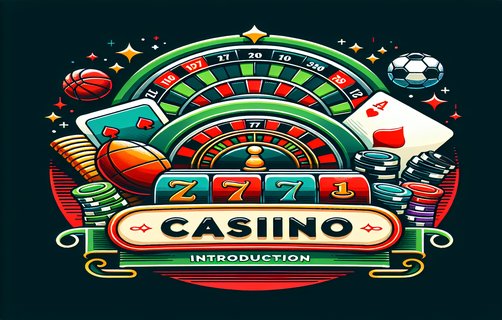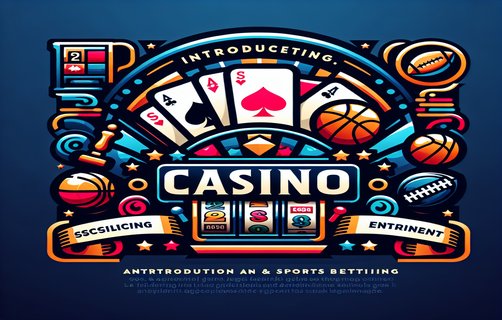The Dynamics of the Casino Industry: Technological Innovations and Integrity Challenges
The casino industry represents a multifaceted economic environment characterized by various components that interconnect to shape its overall performance and consumer engagement. Vital facets include casino software, independent audits, virtual tennis, live betting strategies, in-game animations, value betting ranges, and gambling fraud cases. Each of these elements not only impacts the operational aspects of casinos but also influences economic interactions between operators, consumers, and regulators.
Casino software serves as the backbone of online and land-based gambling establishments. With technology evolving rapidly, the demand for sophisticated gaming software has surged. The integration of artificial intelligence and machine learning into casino systems allows operators to better analyze player behavior, customize offerings, and enhance user experiences. This technological advancement facilitates a more immersive gambling experience, increasing consumer engagement and potential revenue. However, it also necessitates vigilance against the increased risk of gambling addiction, prompting operators to implement responsible gaming measures.
An essential check on the integrity of casino operations is the role of independent audits. These audits are crucial in verifying the fairness and security of gaming operations. By employing third-party organizations to conduct comprehensive reviews, casinos can reassure patrons of their commitment to fair play. The audit process considers various factors, including game algorithms, payout rates, and operational security measures, thus bolstering consumer trust. Consequently, this transparency can serve as a competitive advantage, enhancing customer loyalty and increasing market share in a saturated environment.
Moreover, the rise of digital platforms and technology has spurred interest in niche markets such as virtual tennis. This innovative product provides players with unique wagering opportunities, leveraging simulated games to create engaging betting experiences. Virtual sports, including tennis, operate on algorithms that generate scoring and player performance, providing a randomized experience that captivates consumers. The economic theory of expected utility can be applied here, wherein consumers assess the potential risks and rewards of each betting option, leading to increased participation in these alternatives as more players seek entertainment outside traditional sporting events.
In conjunction with virtual betting, the creation of effective live betting strategies has transformed the landscape of in-play wagering. Operators continuously refine odds based on real-time data to create dynamic betting environments. A robust live betting model accounts for live match events, player performance, and changing probabilities that engage bettors throughout the event. As economies of scale emerge within this segment, the winners can be both operators—through increased handle—and consumers—through enhanced betting opportunities that enrich their experience.

In the realm of aesthetics and user engagement, in-game animations add an additional layer of excitement to the player experience. Whether through visually stimulating slot machines or animated card tables, these graphics play a vital role in attracting new players and retaining existing users. The economic significance of in-game animations can be analyzed through consumer behavior theory, which posits that the sensory aspects of gaming significantly influence player satisfaction and overall expenditure—the better the experience, the higher the potential spend.
Value betting, another crucial element, analyzes the value betting ranges wherein players identify discrepancies between the bookmaker's odds and their own perceived probabilities. Through mathematical models and probability assessments, savvy bettors can exploit these ranges to ensure a long-term profit margin. This application of behavioral economics demonstrates how informed consumer choice can disrupt conventional odds and create competitive pressure on operators, pushing them to reevaluate their pricing structures.

The darker side of the industry is represented in gambling fraud cases, which highlight the vulnerabilities present within casino operations. Fraud can take numerous forms, including collusion among players or the manipulation of software. Such infractions not only undermine regulatory frameworks but also create financial liabilities for operators. Furthermore, they damage consumer trust and can lead to resignations in overall participation. Economic analysis of fraud cases allows stakeholders to recognize systemic weaknesses and implement strategic responses to prevent future occurrences.
In conclusion, the casino industry epitomizes a complex interplay of technology, consumer behavior, and regulatory oversight. Understanding these components through an economic lens offers valuable insights that can be harnessed to improve operational efficiency, enhance player retention, and mitigate risks associated with gambling. As the landscape continues to evolve, stakeholders must remain vigilant to adapt to emerging trends while ensuring the industry's integrity is preserved.
